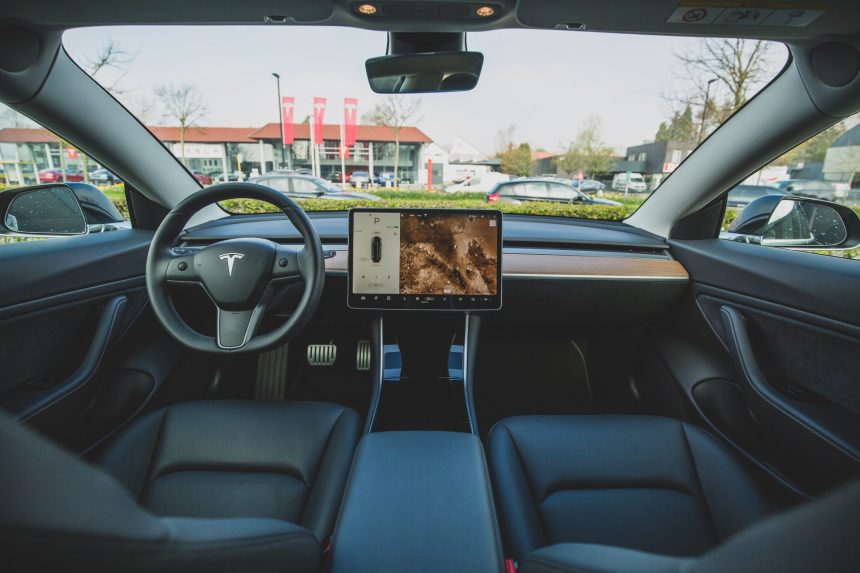Tesla and SpaceX CEO Elon Musk, known for his ambitious ventures and bold statements, recently expressed his desire for increased control over his electric vehicle business. In a post on his social network X, Musk stated that he wants approximately 25% of voting control over Tesla. This move comes after Musk sold a significant portion of his Tesla shares in 2022 to finance a leveraged buyout of Twitter. In this article, we will delve deeper into Musk’s intentions, the implications for Tesla, and the broader context surrounding his quest for control.
Musk’s Current Stake in Tesla
As of the company’s third-quarter financial filing in 2023, Elon Musk already owns around 13% of Tesla, equivalent to approximately 411 million shares. This substantial stake highlights his significant influence over the company’s direction and decision-making processes. However, Musk now seeks to further solidify his control by acquiring an additional 12% of voting power.
The Rationale Behind Musk’s Quest for Control
In his X post, Musk justified his desire for increased voting control by stating that he is uncomfortable with growing Tesla to be a leader in artificial intelligence (AI) and robotics without having a significant say in the company’s decisions. He believes that having around 25% voting control would provide him with enough influence to shape Tesla’s future, while still allowing for the possibility of being challenged or overturned by other stakeholders.
Musk also emphasized that Tesla is not just one startup but a collection of various ventures. He compared Tesla’s diverse product portfolio and technological advancements to that of General Motors (GM), highlighting the stark differences between the two companies. Musk’s argument implies that his vision for Tesla’s future requires a level of control that aligns with the company’s ambitious goals.
Tesla’s AI and Robotics Focus
Musk’s recent statements stand in contrast to his previous assertions about Tesla’s direction. In April 2022, during Tesla’s first-quarter earnings call, Musk predicted that Tesla’s humanoid robot, known as Optimus, would eventually be worth more than the entire car business and full self-driving technology. Musk’s vision for Tesla as an AI and robotics company was further emphasized during Tesla AI Day in September 2022, where he showcased the company’s advancements in these fields.
However, it is worth noting that Tesla’s revenue primarily comes from its automotive segment, which accounted for around 95% of its total revenue in 2022. Nevertheless, according to Tesla’s third-quarter 2023 financial filing, the company described itself as increasingly focused on products and services based on artificial intelligence, robotics, and automation. This suggests that Musk’s desired direction for Tesla aligns with the company’s evolving business strategy.
Implications for Tesla’s Board and Shareholders
Elon Musk’s request for increased voting control undoubtedly puts additional pressure on Tesla’s board of directors. As they navigate the complexities of determining appropriate compensation for executives and directors, they now face the added challenge of addressing Musk’s ambitions for control. Shareholders and investors will closely monitor the board’s decision, as it could have significant implications for the company’s future direction and stability.
Investor Concerns and Challenges
Tesla’s board of directors already faces scrutiny and concerns from various stakeholders. Some investors and lawmakers have expressed worries about Elon Musk’s divided attention as he continues to oversee multiple ventures, such as SpaceX and X Corp, alongside his responsibilities at Tesla. Additionally, Musk’s controversial political and cultural commentary, including tweets that disparage corporate diversity and inclusion initiatives, has raised eyebrows among investors.
Federal probes involving Musk and Tesla have also contributed to investor concerns. These investigations have the potential to impact the company’s reputation and financial stability. Moreover, recent reports by The Wall Street Journal alleging drug use by Musk have added another layer of complexity for Tesla and its board to address.
See first source: CNBC
FAQ
1. What is Elon Musk’s desired level of voting control over Tesla?
Elon Musk expressed his desire for approximately 25% of voting control over Tesla.
2. How much of Tesla does Elon Musk currently own?
As of the third-quarter financial filing in 2023, Musk owns around 13% of Tesla, which is approximately 411 million shares.
3. What is the rationale behind Elon Musk’s quest for increased control over Tesla?
Musk stated that he is uncomfortable with Tesla becoming a leader in artificial intelligence (AI) and robotics without significant say in the company’s decisions. He believes 25% voting control would allow him to shape Tesla’s future while still allowing for challenges from other stakeholders.
4. What is Elon Musk’s vision for Tesla’s future focus areas?
Musk envisions Tesla as a leader in AI and robotics. He has highlighted Tesla’s diverse product portfolio and technological advancements in these fields, emphasizing their significance for the company’s future.
5. How does Elon Musk’s request for control impact Tesla’s board and shareholders?
Musk’s request adds pressure to Tesla’s board of directors, who must address his ambitions for control. The board’s decision could have significant implications for the company’s direction and stability, closely monitored by shareholders and investors.
6. What concerns and challenges does Tesla’s board already face from various stakeholders?
Tesla’s board faces scrutiny over Elon Musk’s divided attention due to his involvement in multiple ventures, concerns about his controversial commentary, federal probes involving Musk and Tesla, and recent reports alleging drug use by Musk. These factors contribute to investor concerns and challenges for the board.
Featured Image Credit: Photo by Bram Van Oost; Unsplash – Thank you!







